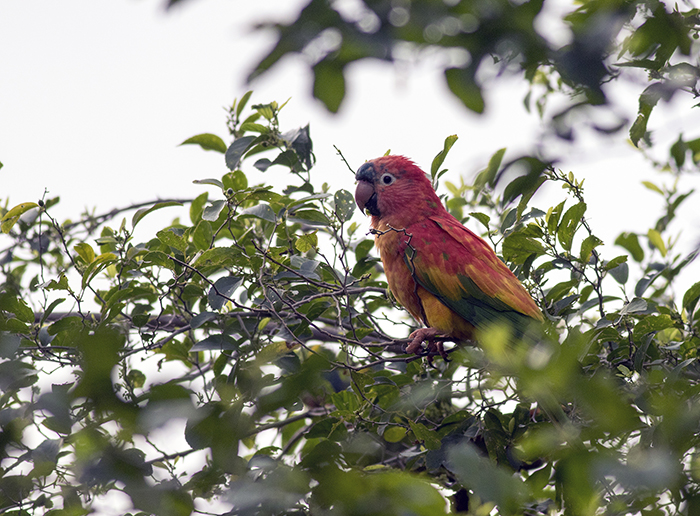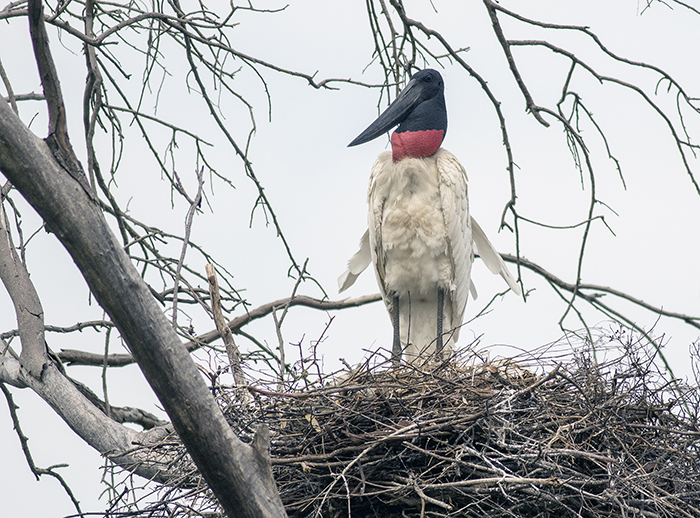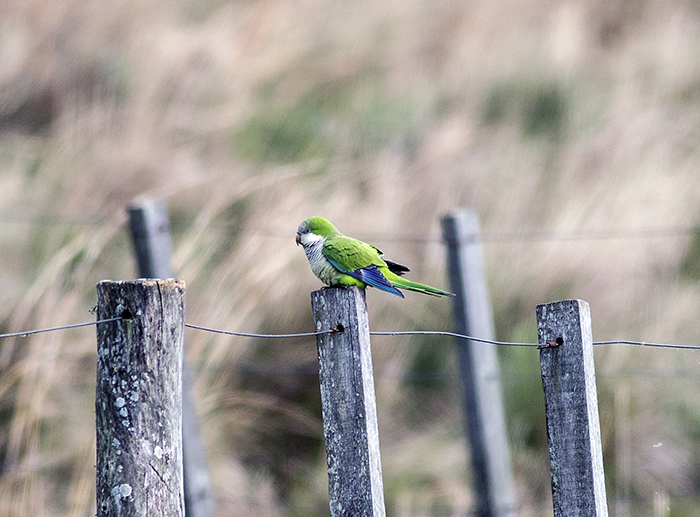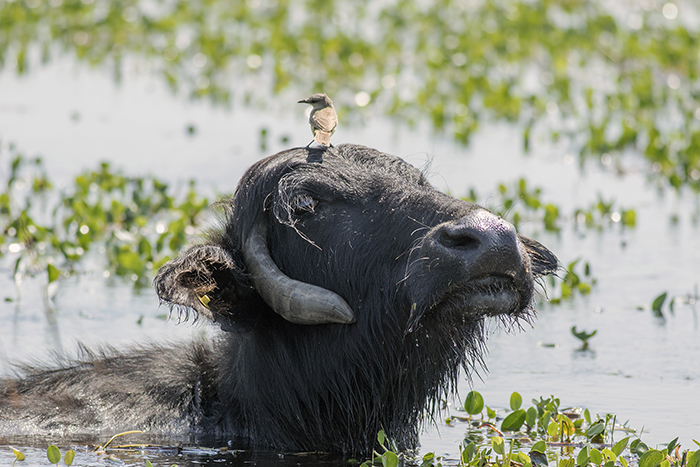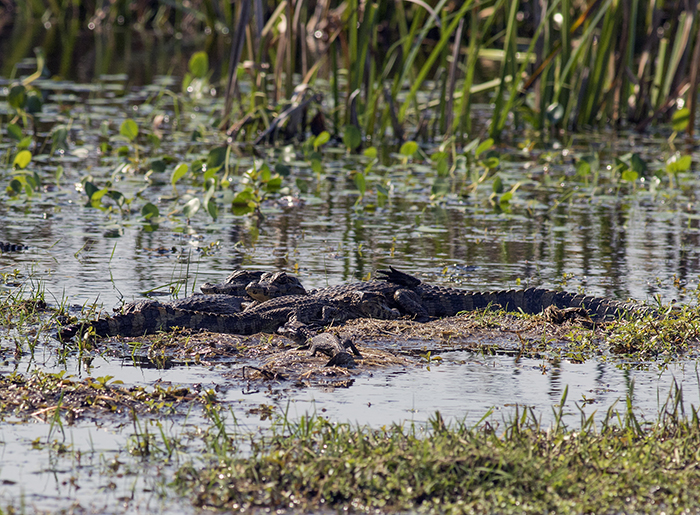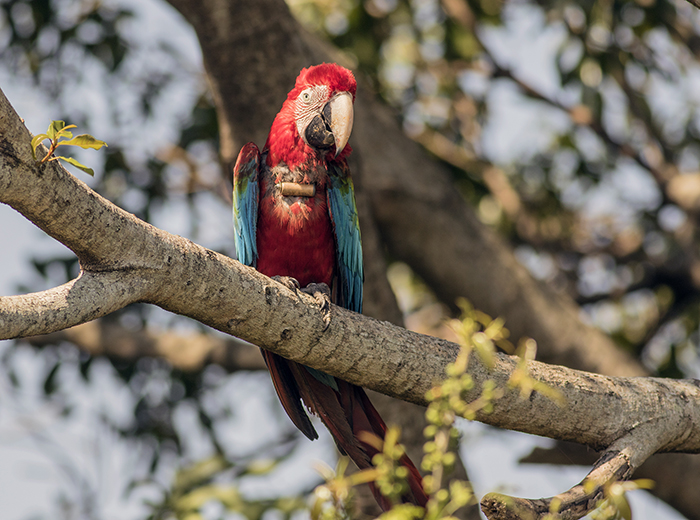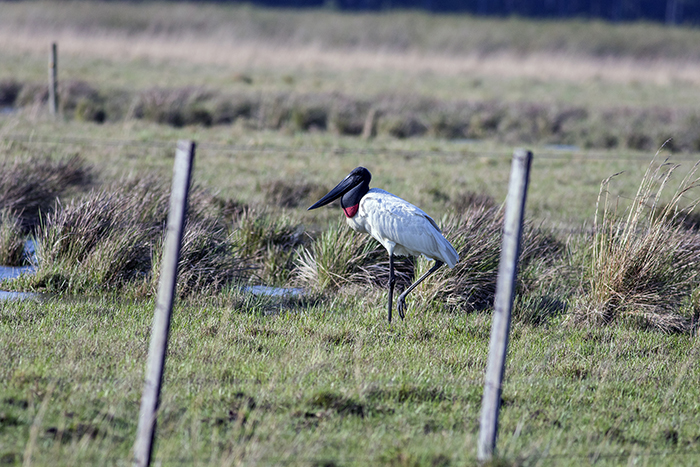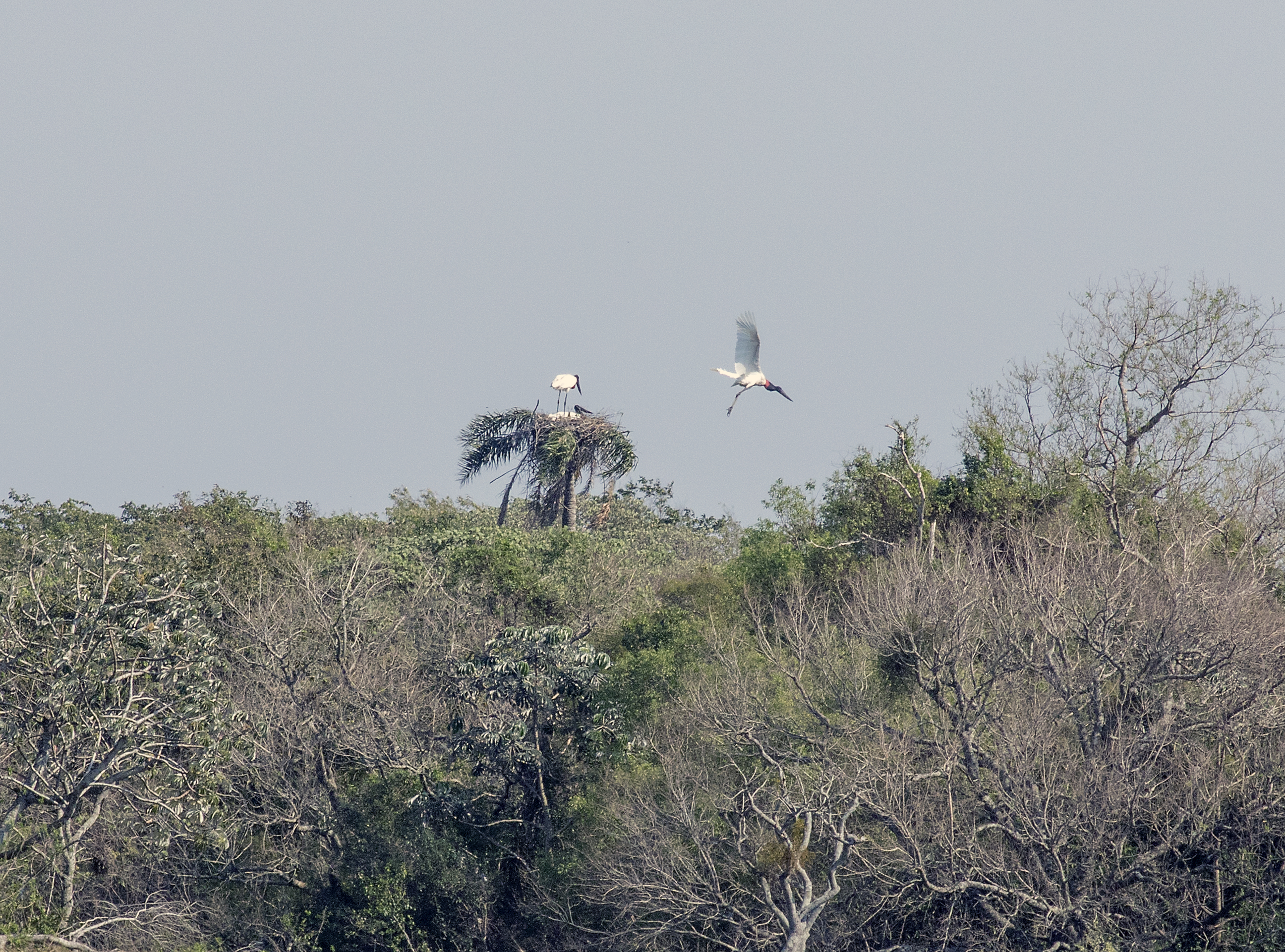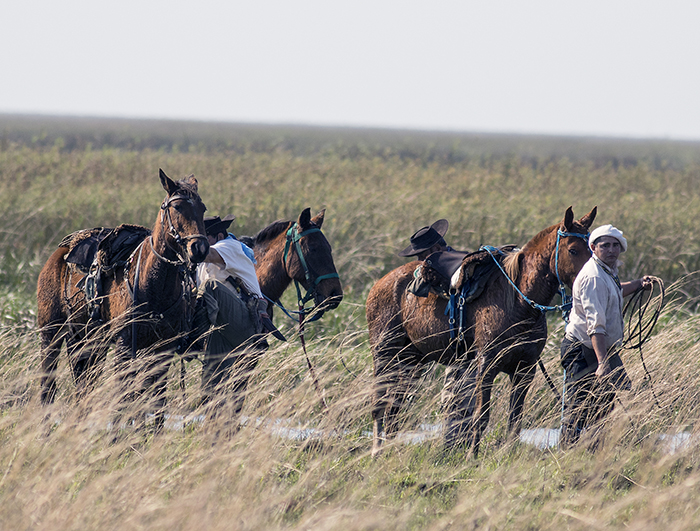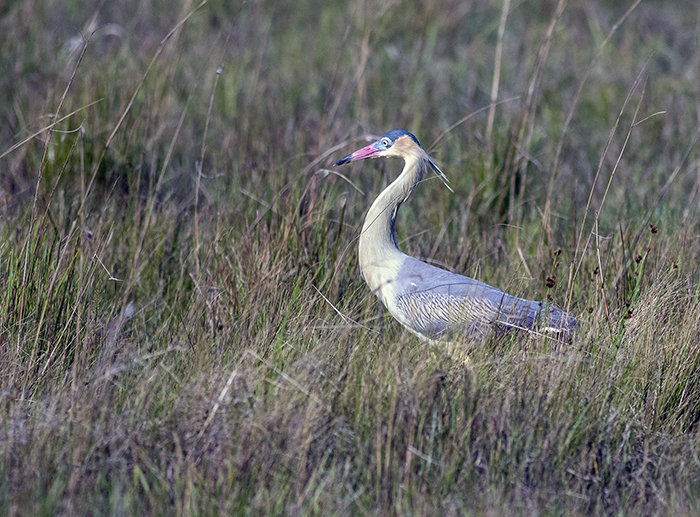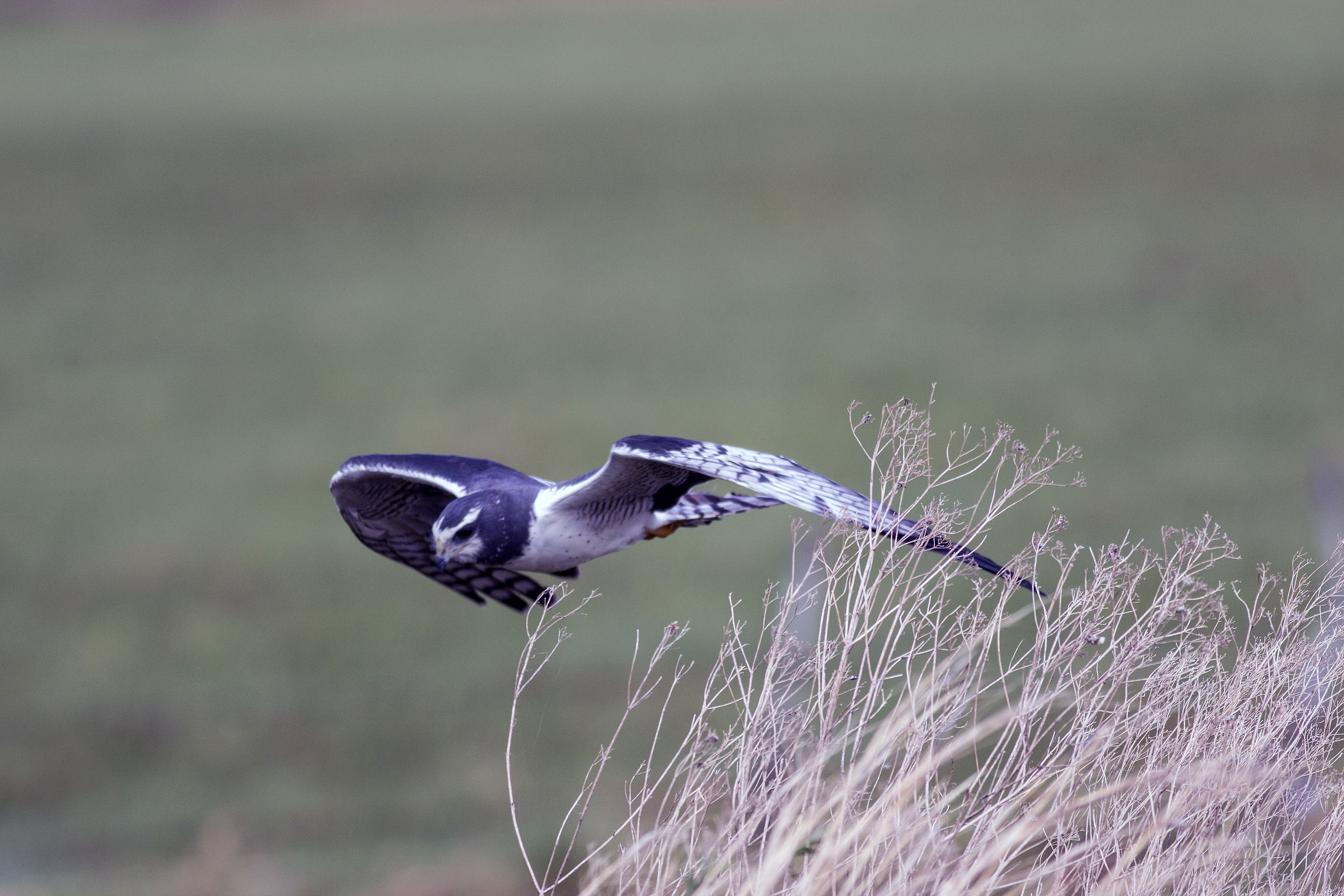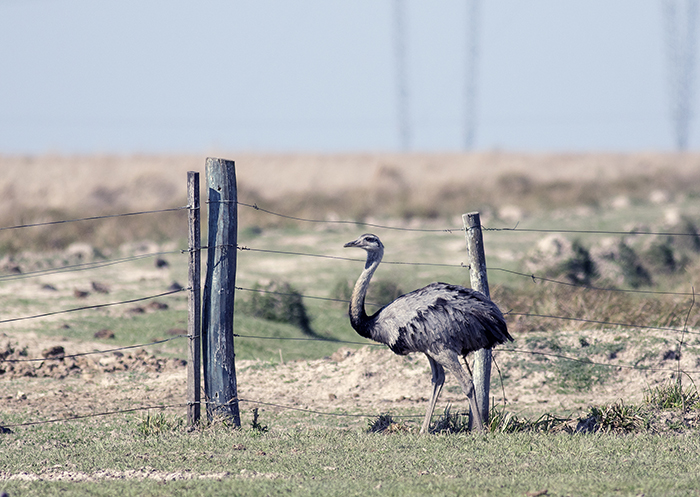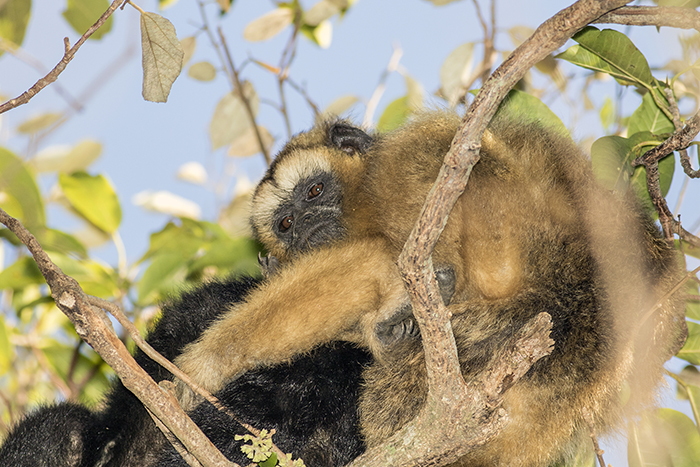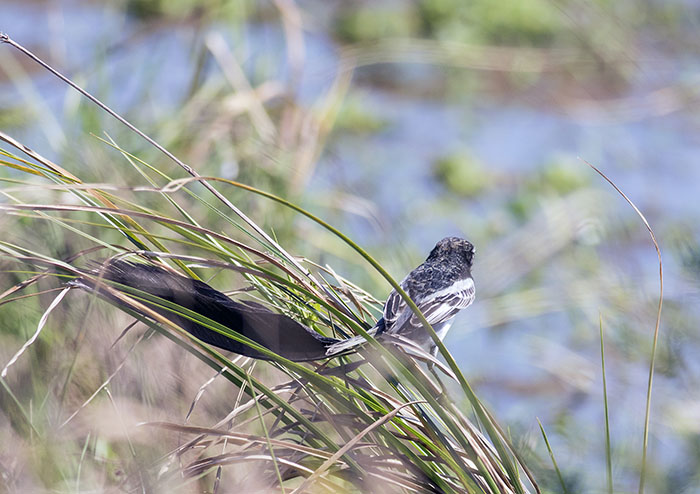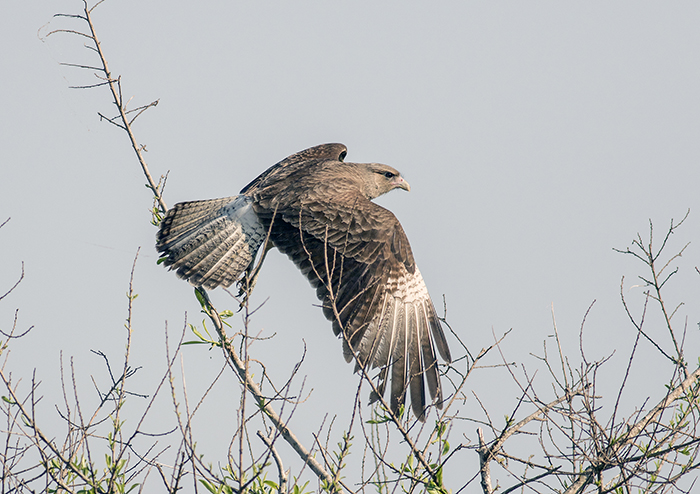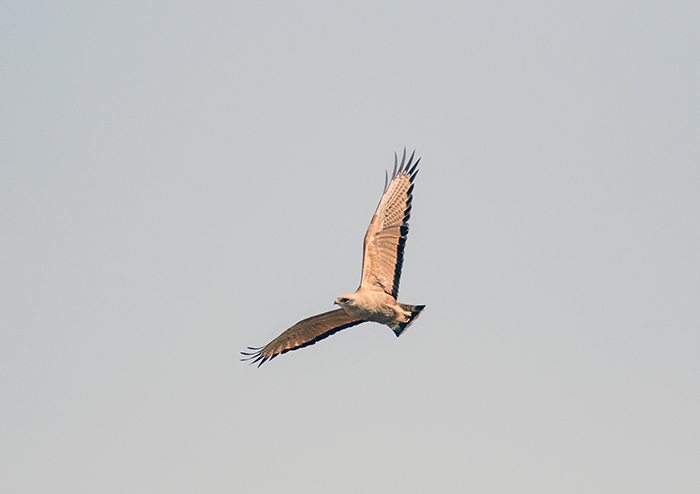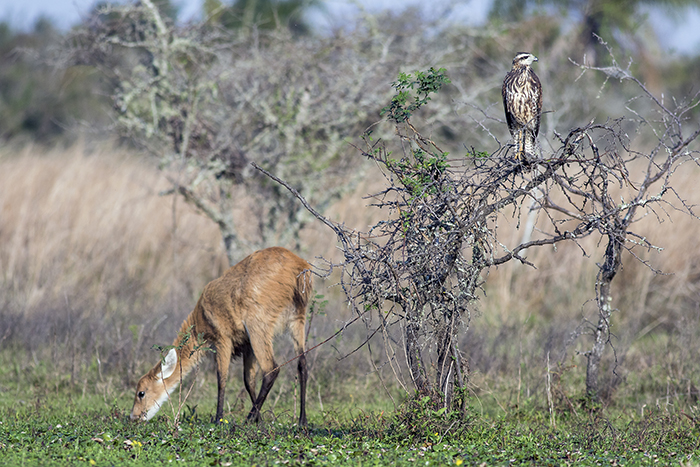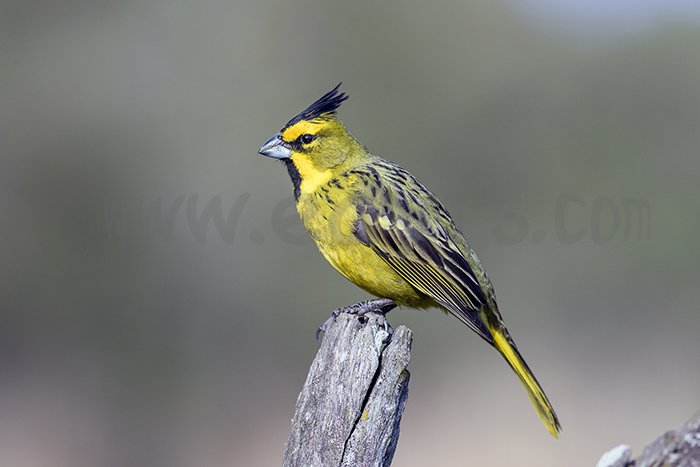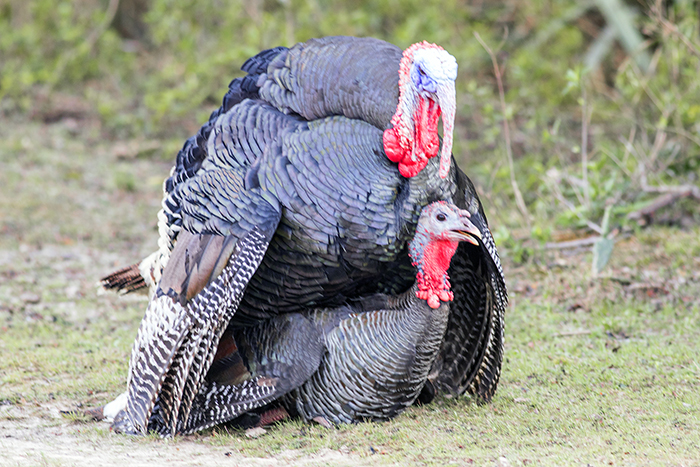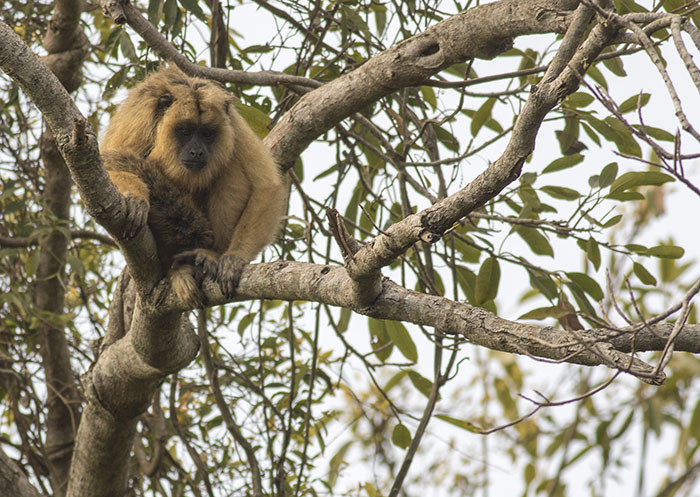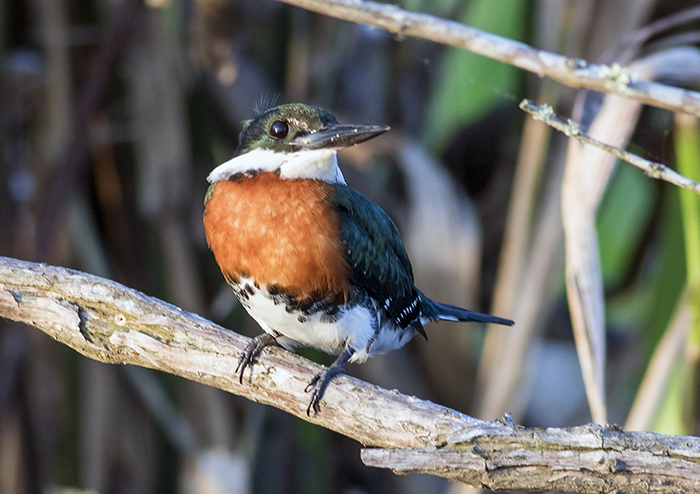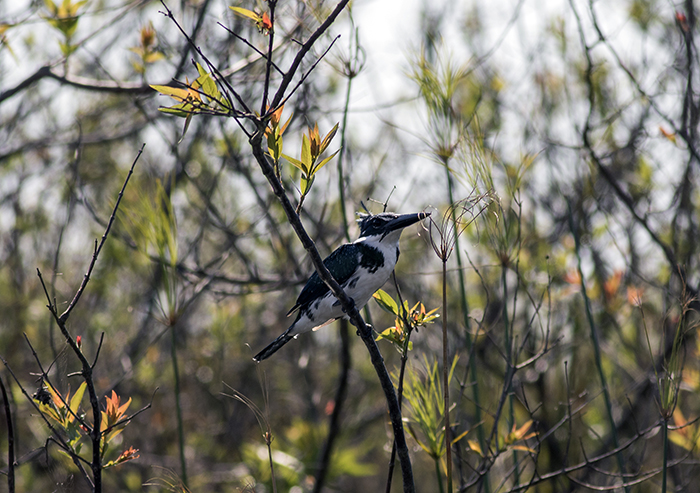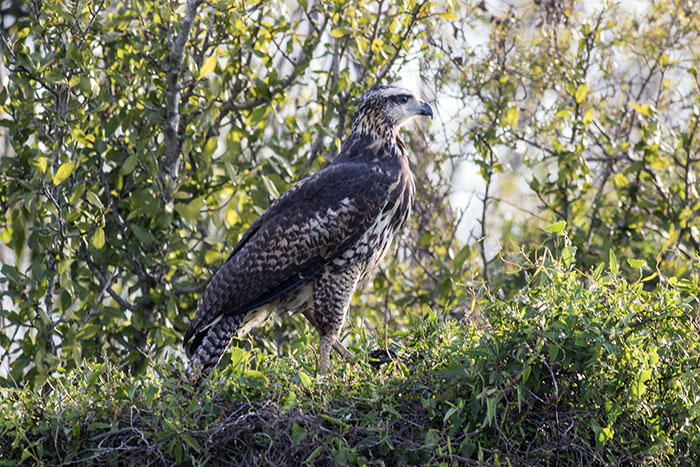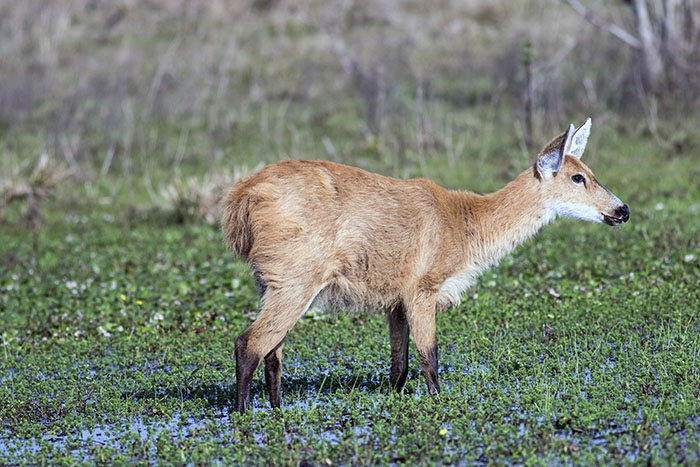Day 24: 10 September 2017 – Iguazú
Up for a leisurely breakfast and out into the heat. In the morning we drove up to the Iguazú Falls on the Argentine side, walking around the Devil’s Throat area.
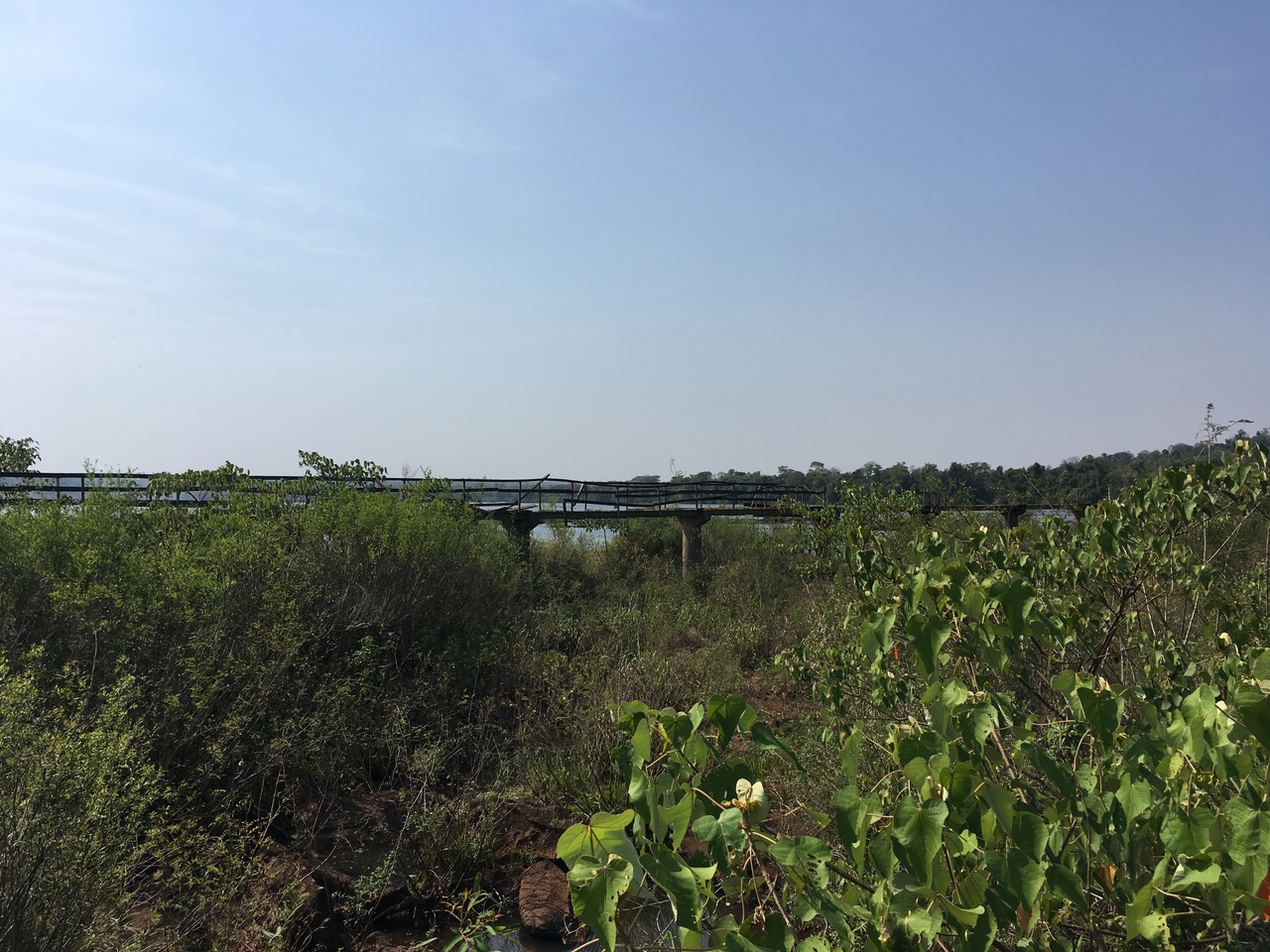
Part of the old boardwalk, no longer used
We walked out along a long causeway in the sweltering sun, crossing the turbulent water where they had filmed ‘The Mission’ and where some of the remains of the trackways for the camera dolleys were still visible. De Niro had been here!
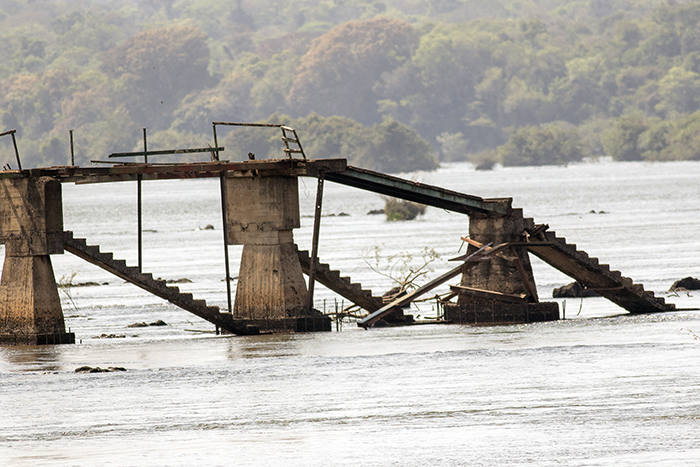
Old walkways – detail
The Argentine side of the Iguasú Falls is noticeably less chaotic than the Brazilian side; well kept and clean, with organised parking and admission. Curious and unusual to see sign saying ‘no pets allowed – kennelling available’ – an excellent idea!
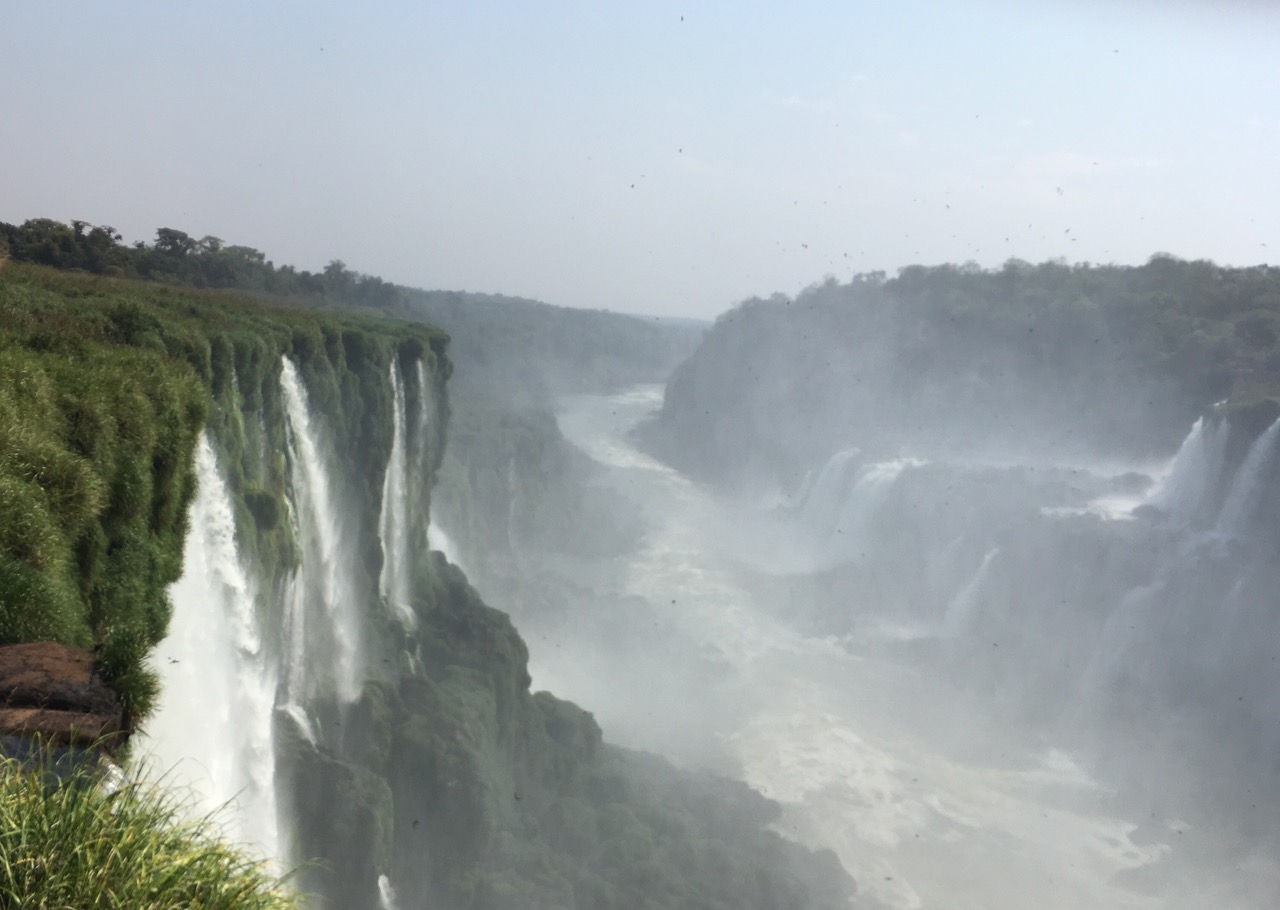
Another view of the Falls – spectacular from any angle
It was all very busy, very noisy, very impressive – although not so wonderful when we got separated for a while and had to use intuition and guesswork to restablish contact – an interesting experience for Caroline, who was carrying no pesos or even the address where we were staying. The falls were (literally) breathtaking – words of wonder taking temporary leave of absence.
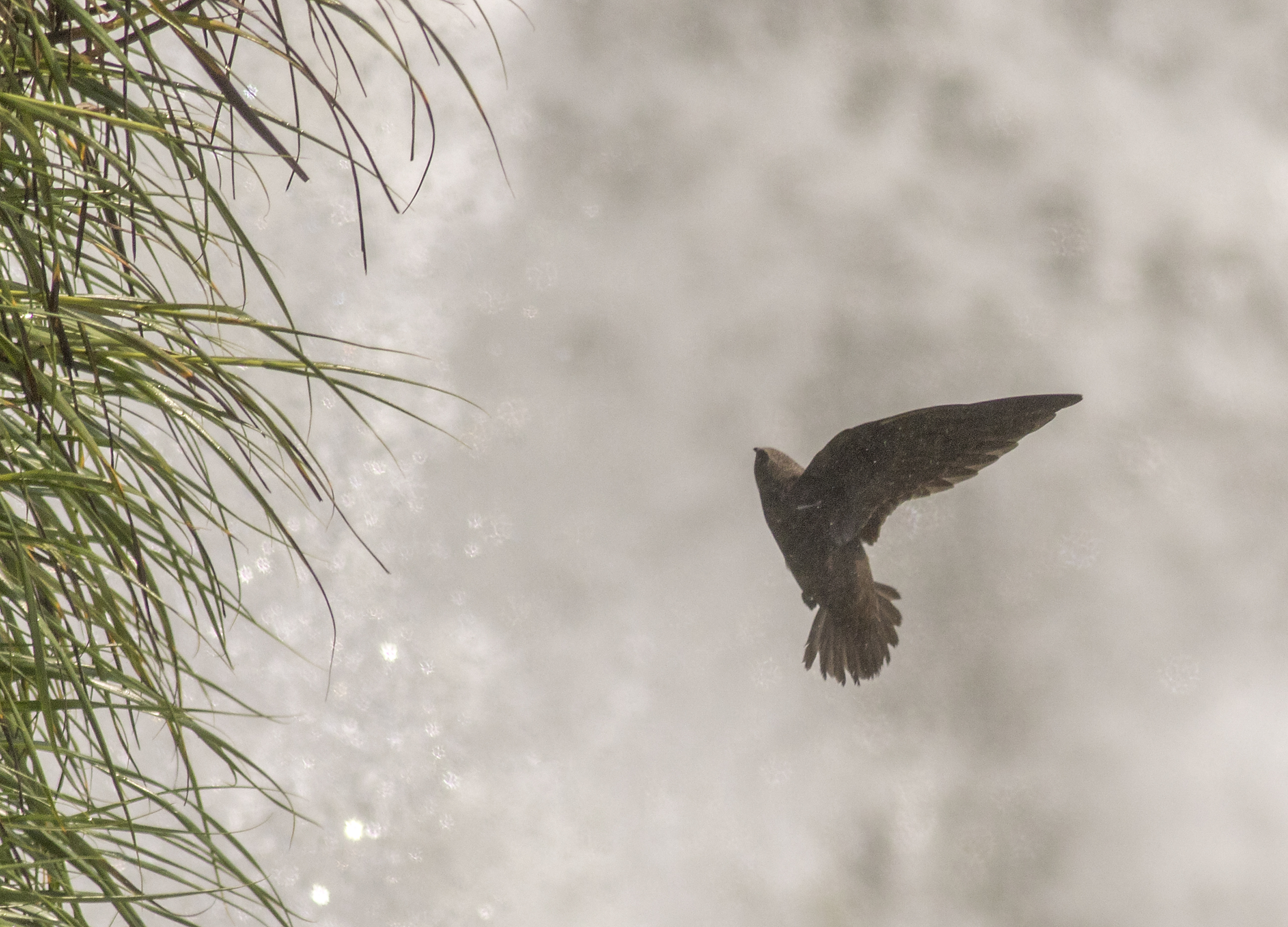
Great Dusky Swift. flying behind the water curtain
There were a lot more giant dusky swifts today than when I visited with Guy a few days ago. Big birds, but they were very hard to photograph as they come up out of nowhere and, like all swifts. have wholly unpredictable flight paths. I managed to get a registry shot, but nothing very wonderful. I think it would need more time and patience than we currently had.
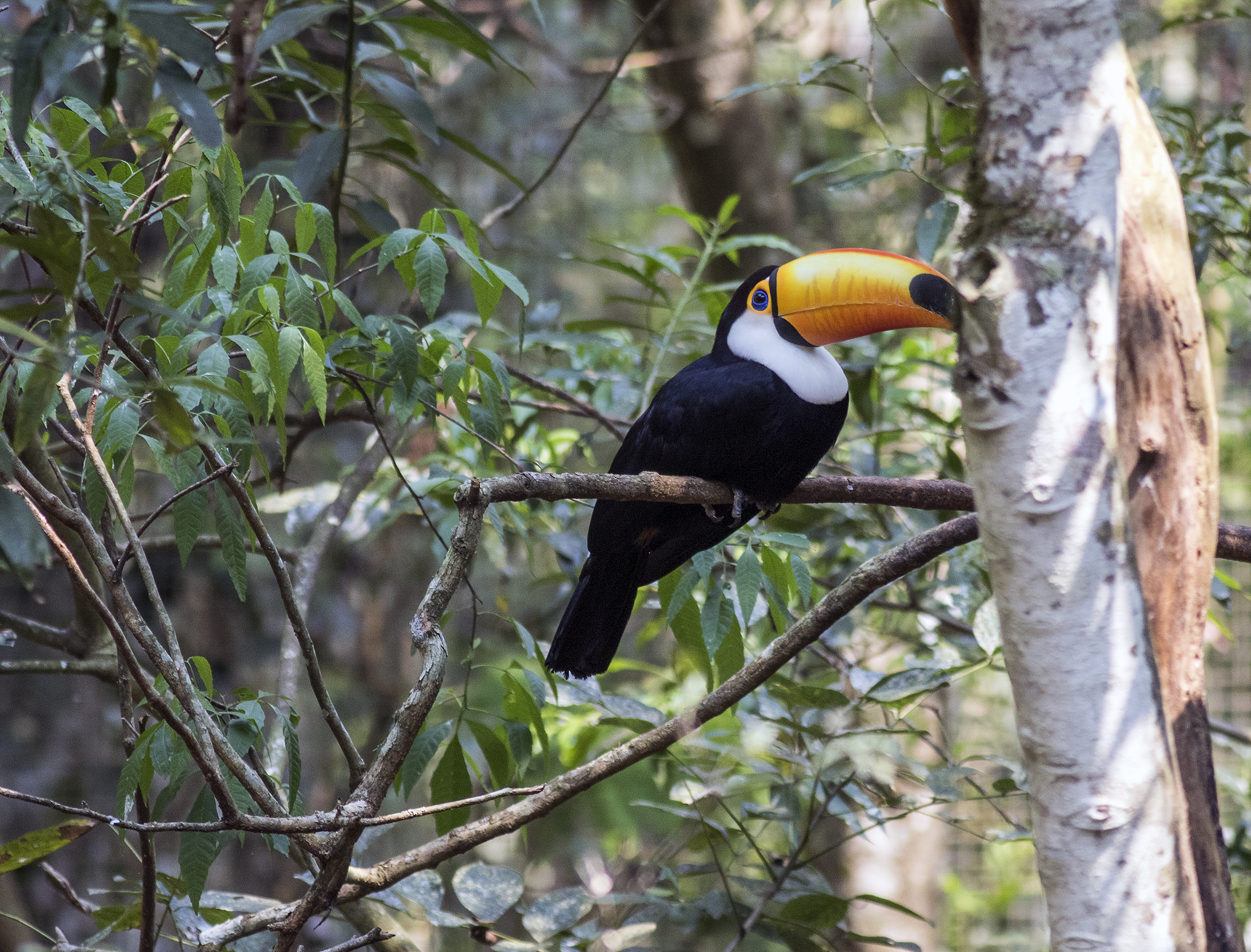
Toucans are not so easy to see, unless you keep your eyes open – bu they are there!
There was other wild life in evidence: toucans above and turtles below, and it really was a rather special place, if a little hot.
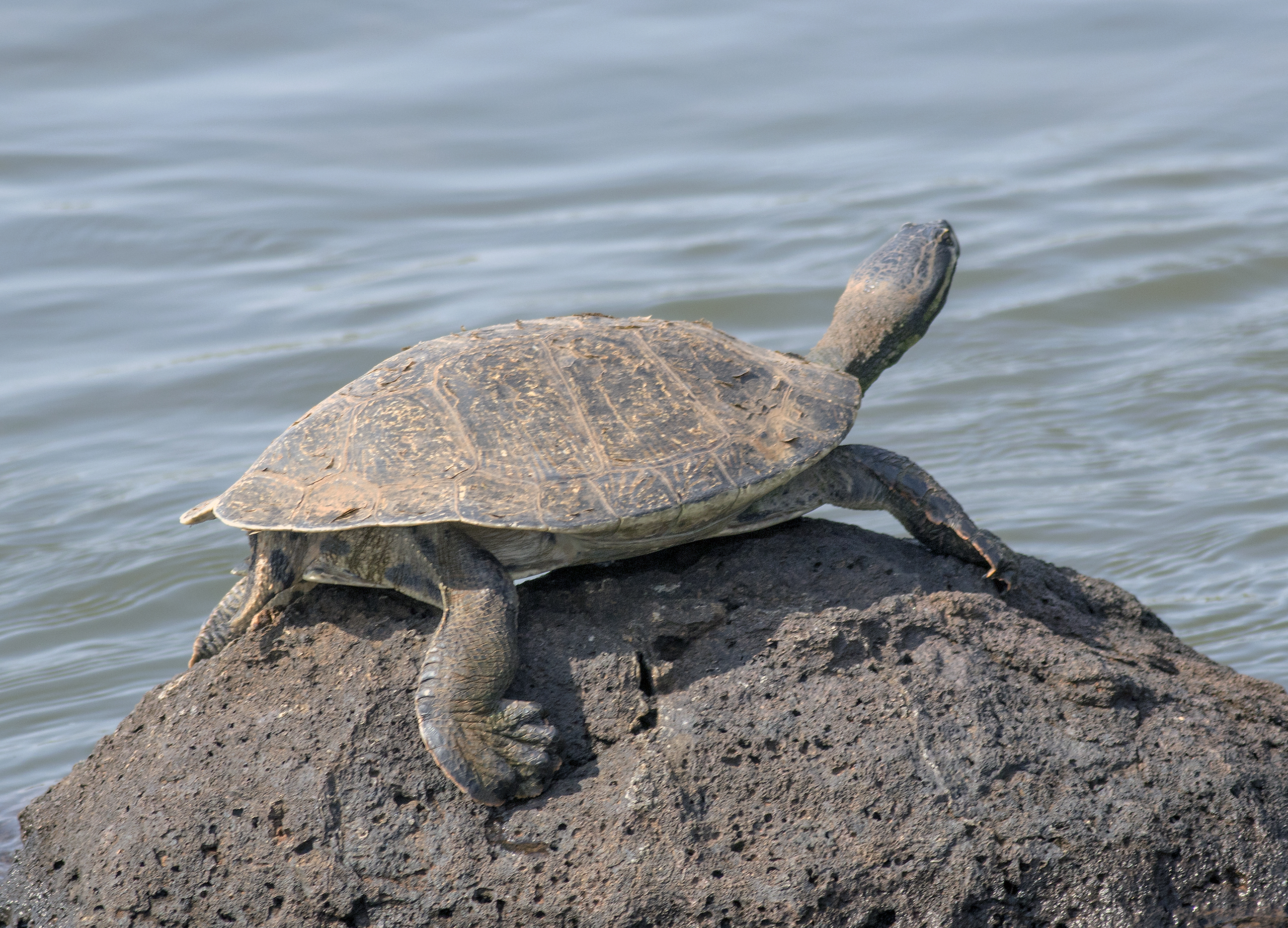
A toadhead turtle in midstream, watching the world fly by
We got totally confused with the trains and seemed to keep going in the wrong direction but it wasn’t really a problem: each stop meant a cold beer, a bite to eat and an encounter with the omnipresent coatis.
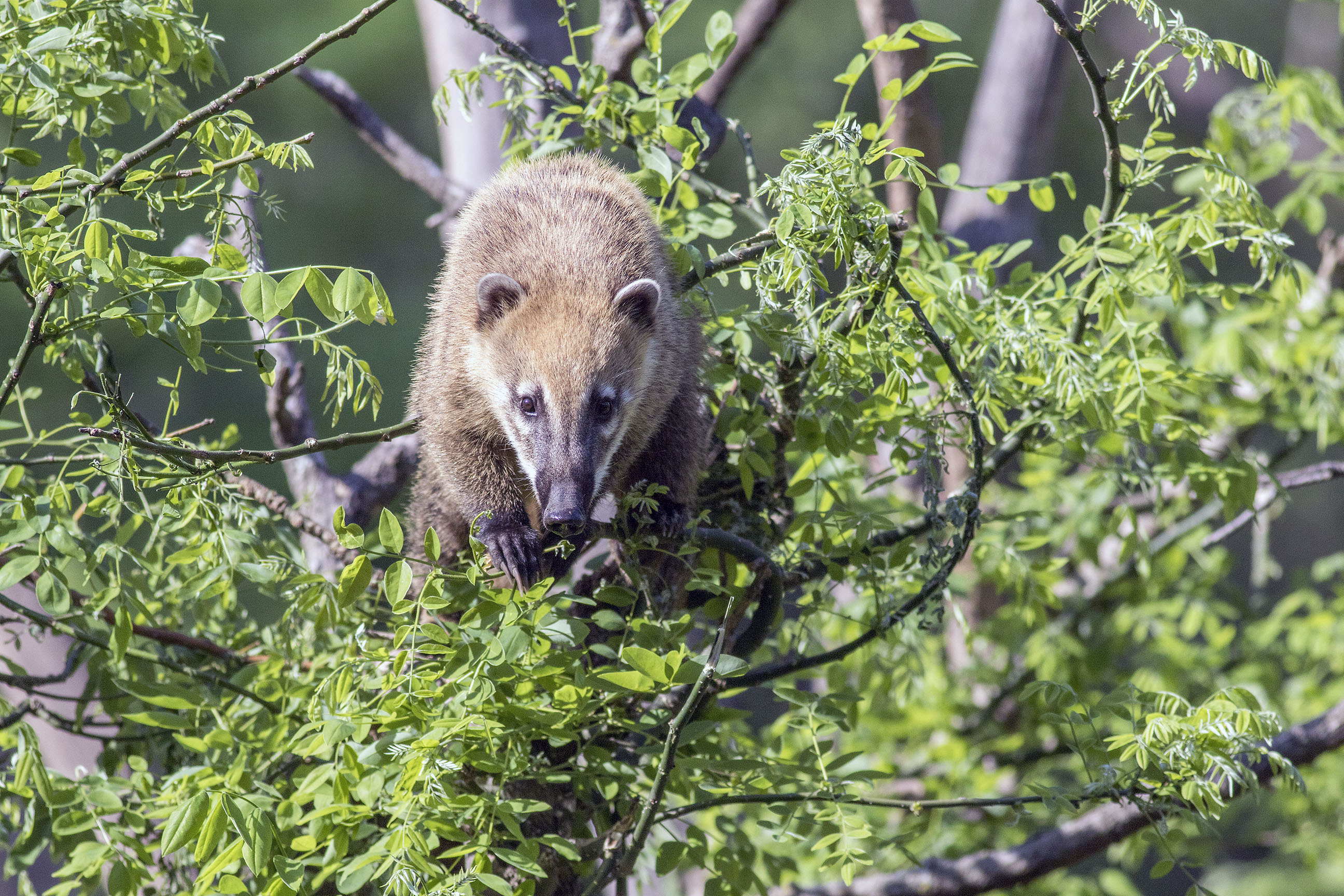
Coatis were everywhere, usually squabbling over tourist food. This one was alone,up a tree.
But it did seem to mean that we spent most of the day at the Falls. Finally we left, I bought a couple of Tshirts at the shop and we went back to the cabin for a little relaxation.
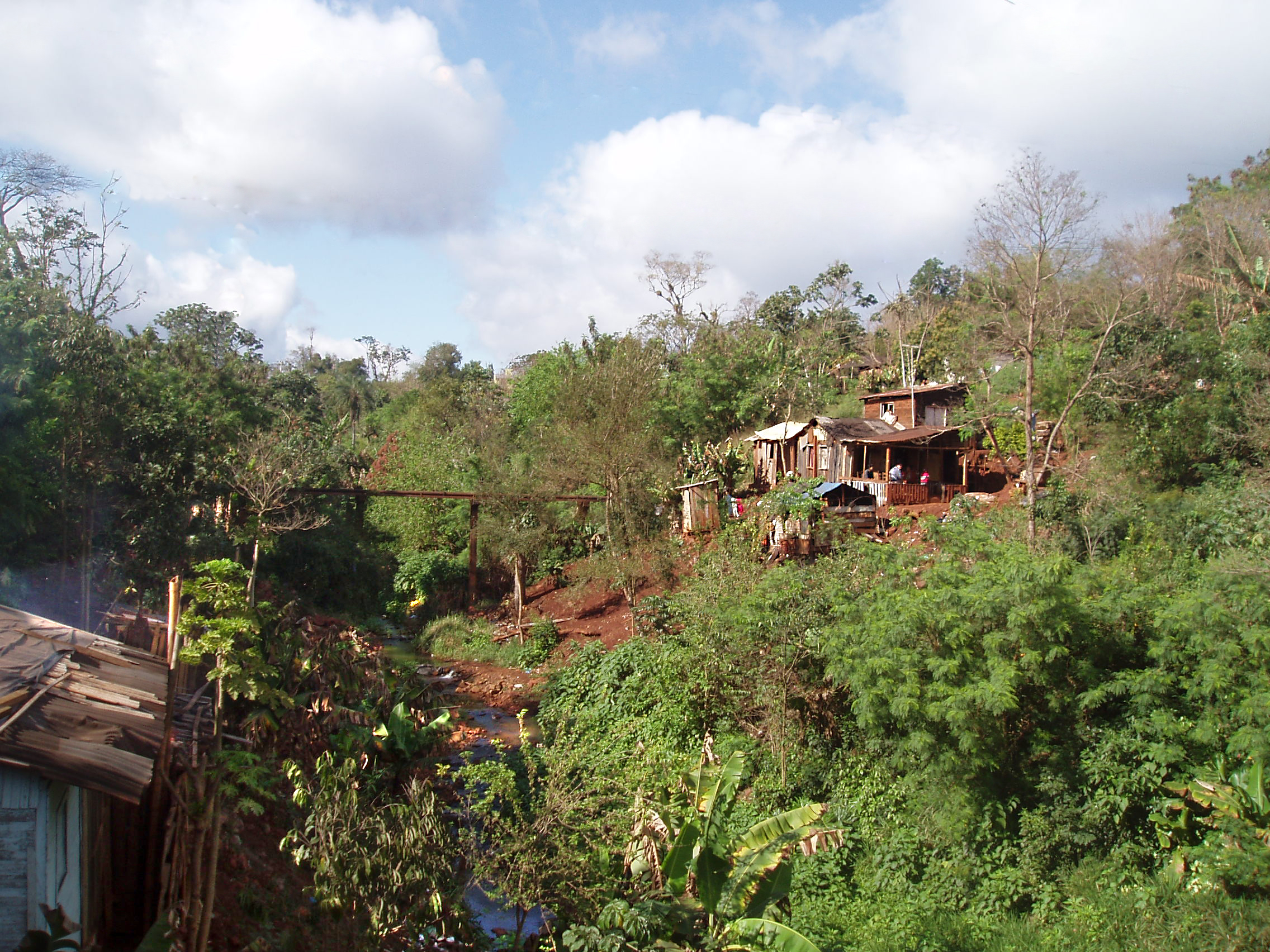
A less glamorous view of Puerto Iguazú, somewhat off the tourist track
In the evening we went into town again, this time to La Rueda for a meatier affair. Then to rest, with mosquito coils.
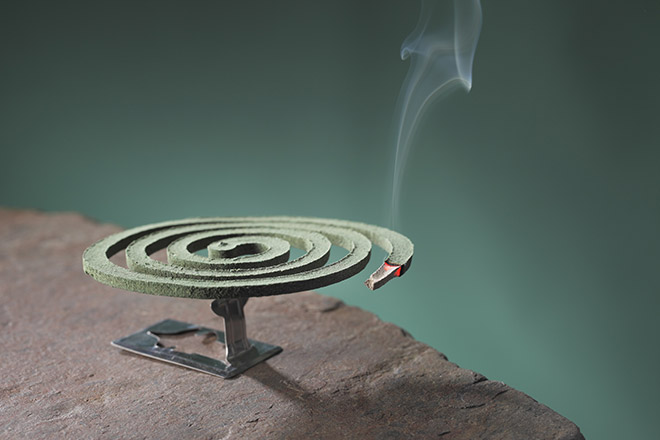
A nightly companion – they don’t smell too good, but it’s better than the bites.
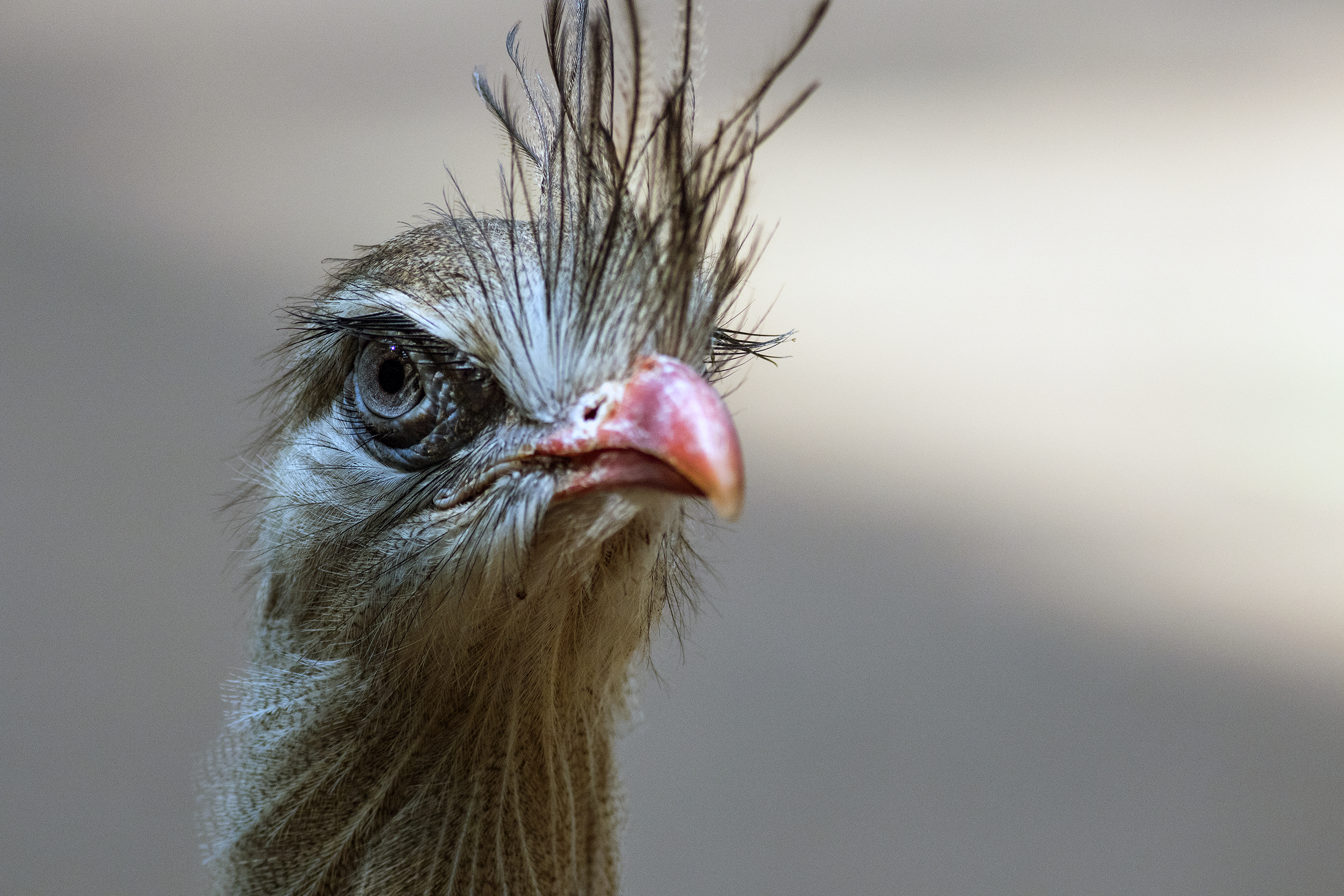
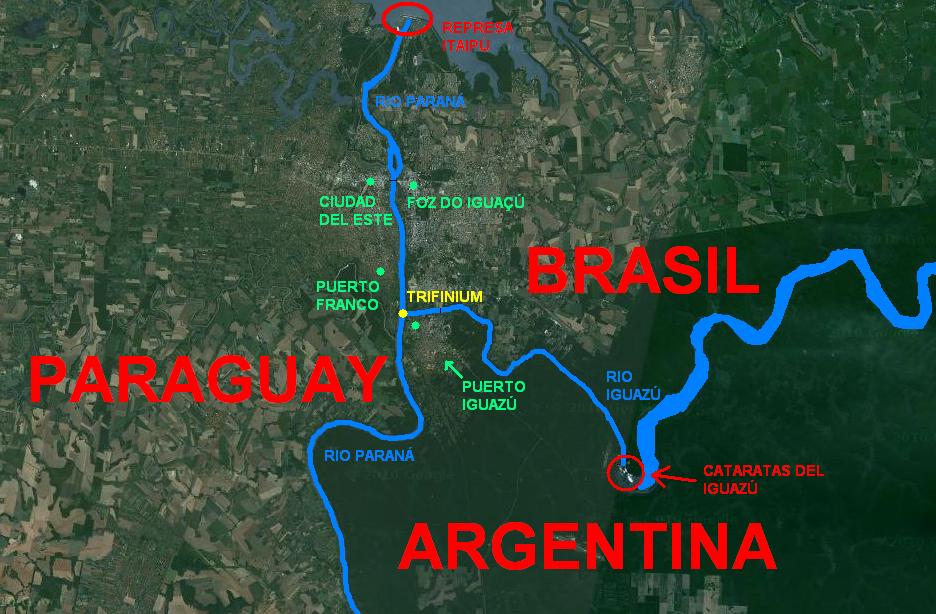
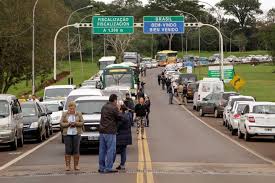
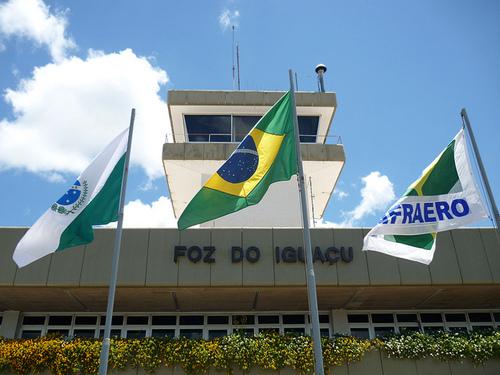
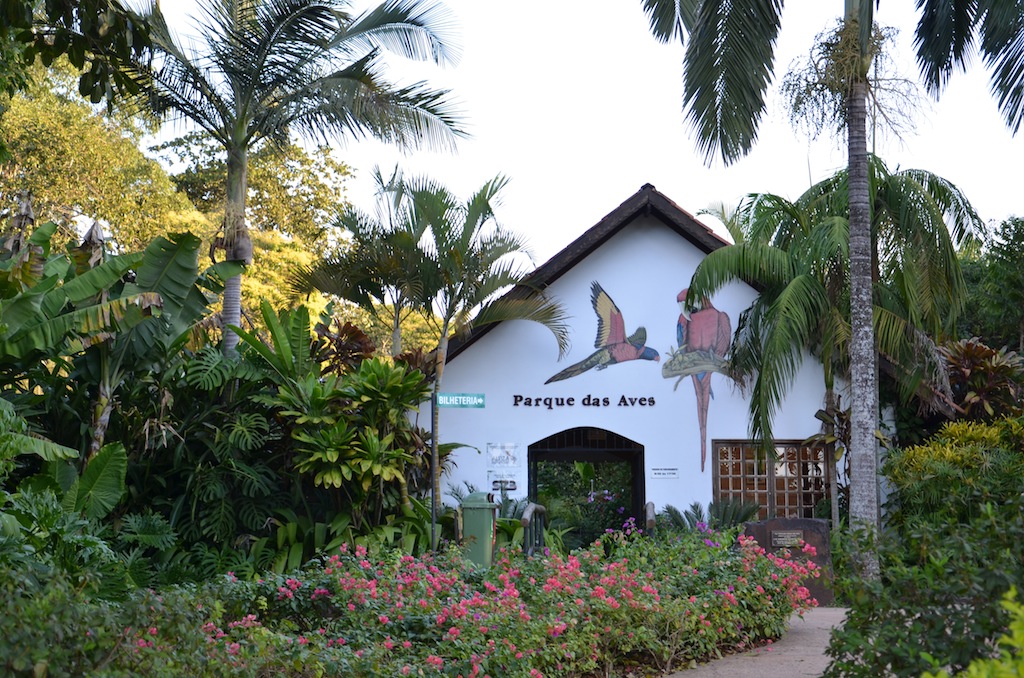
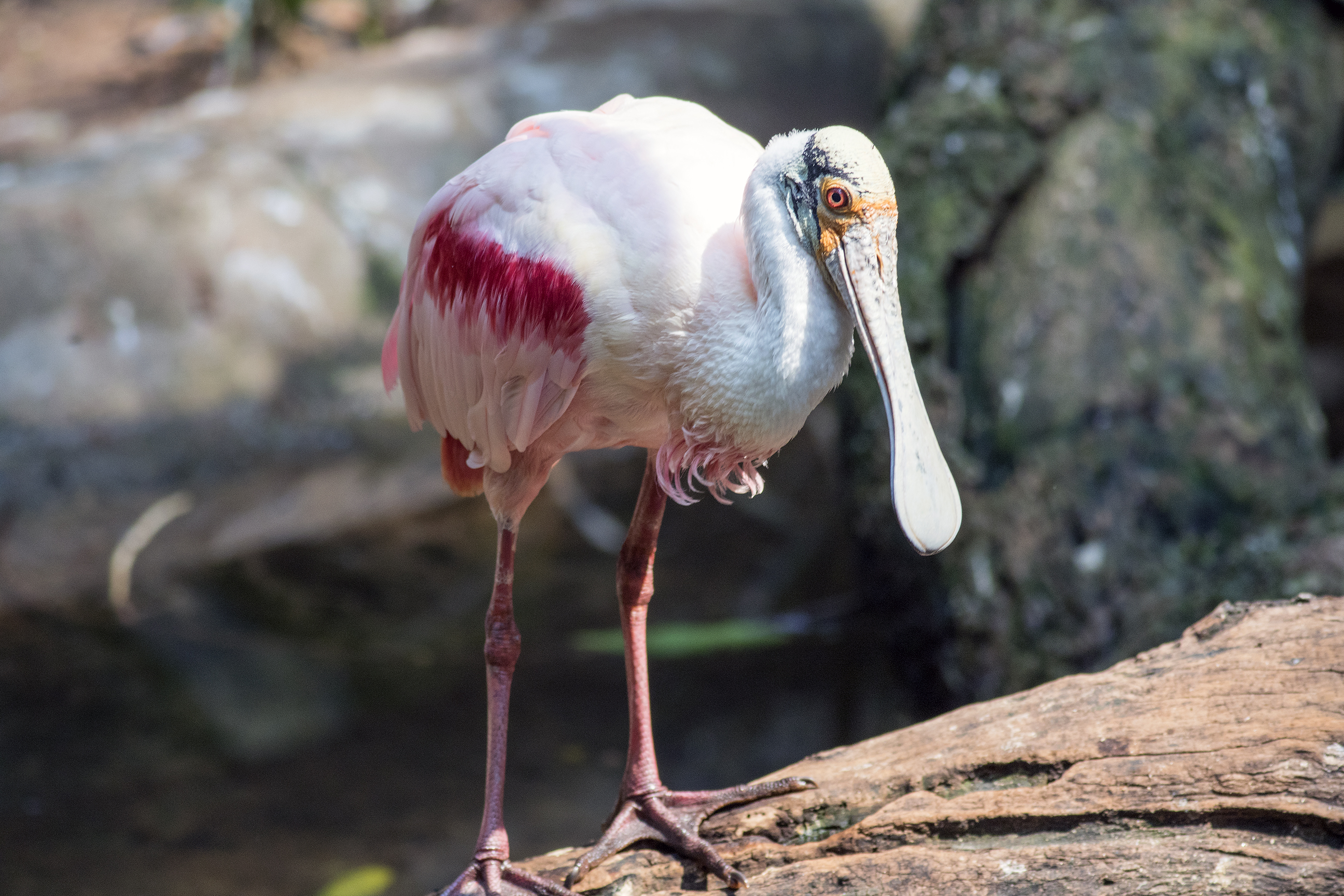
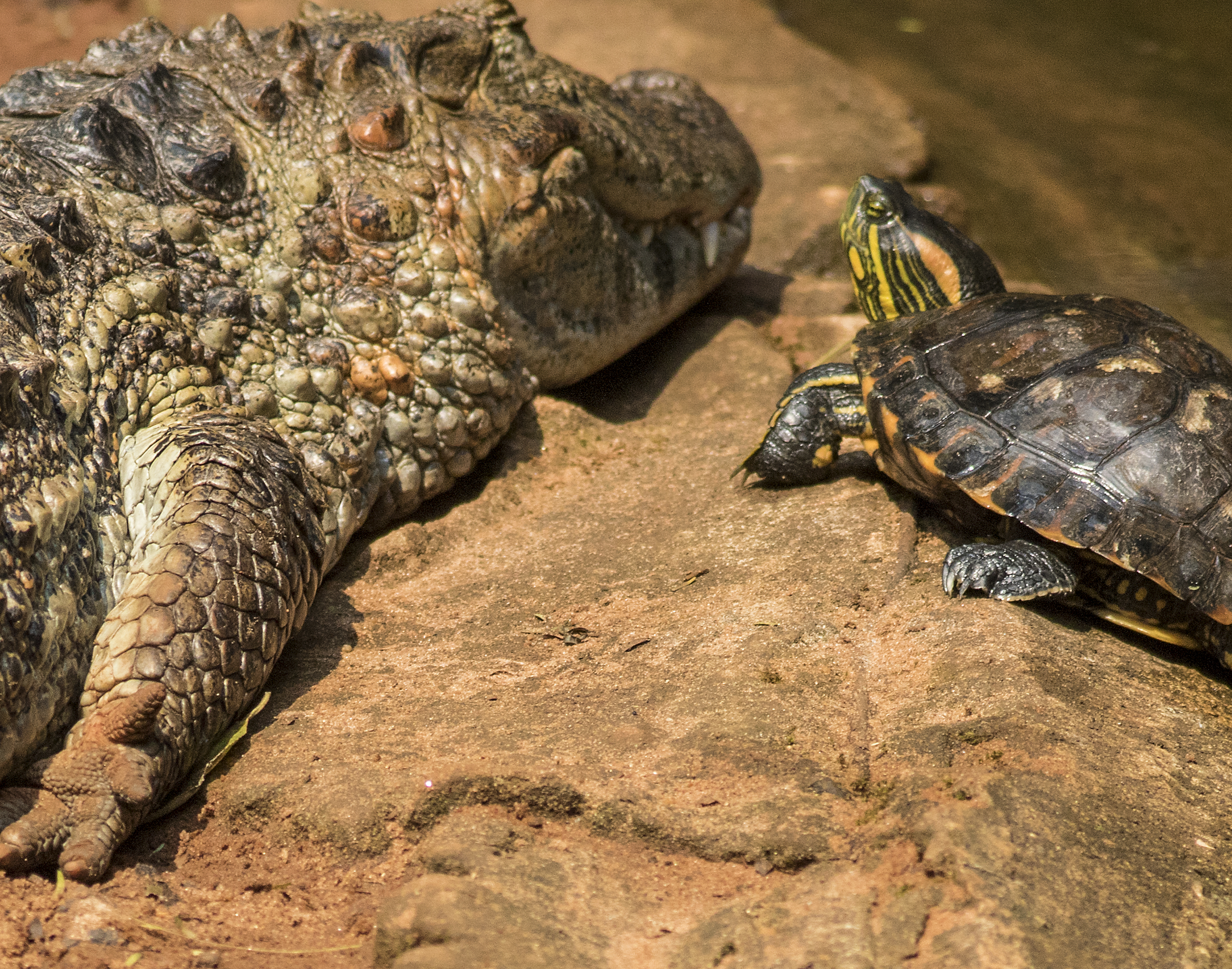
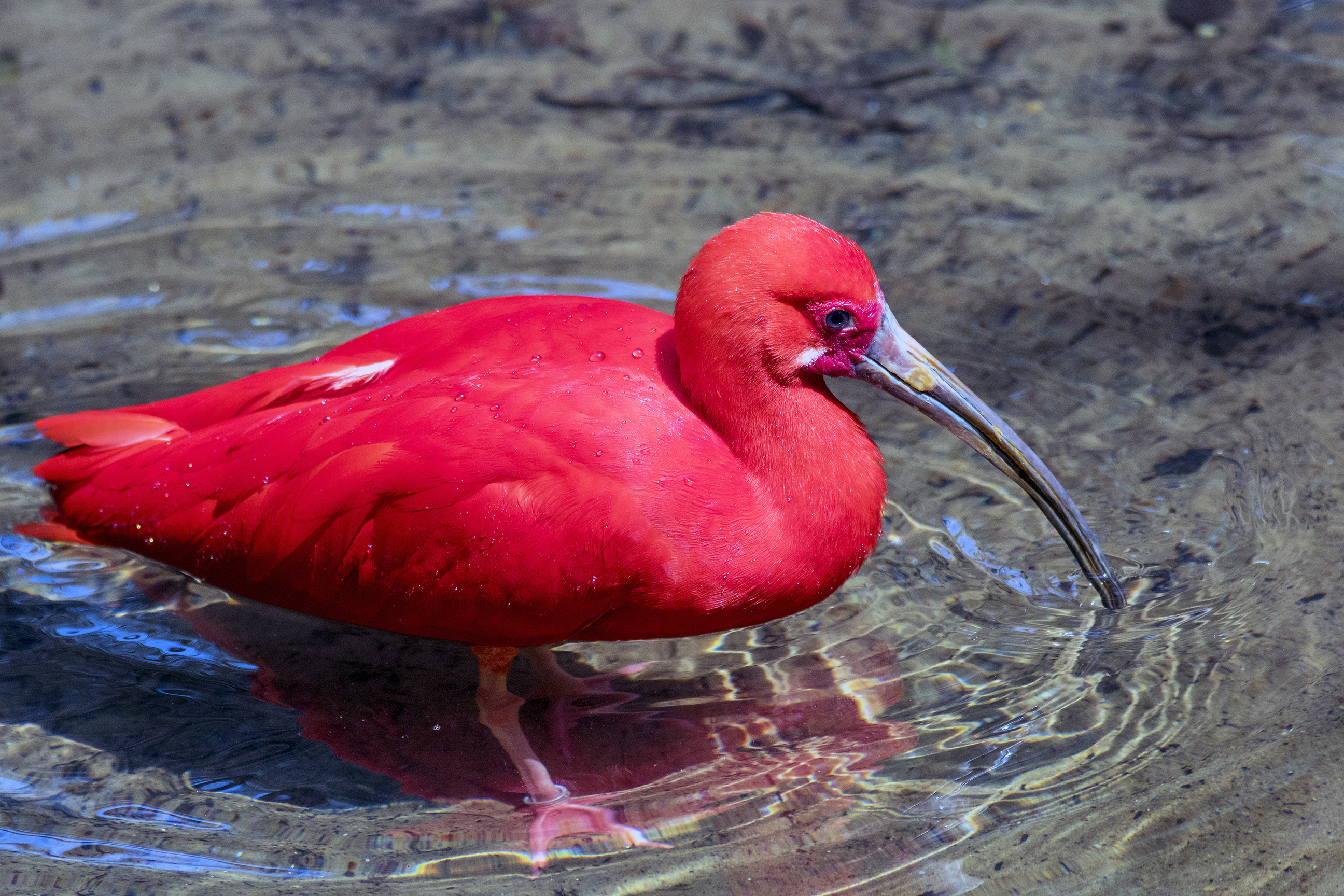
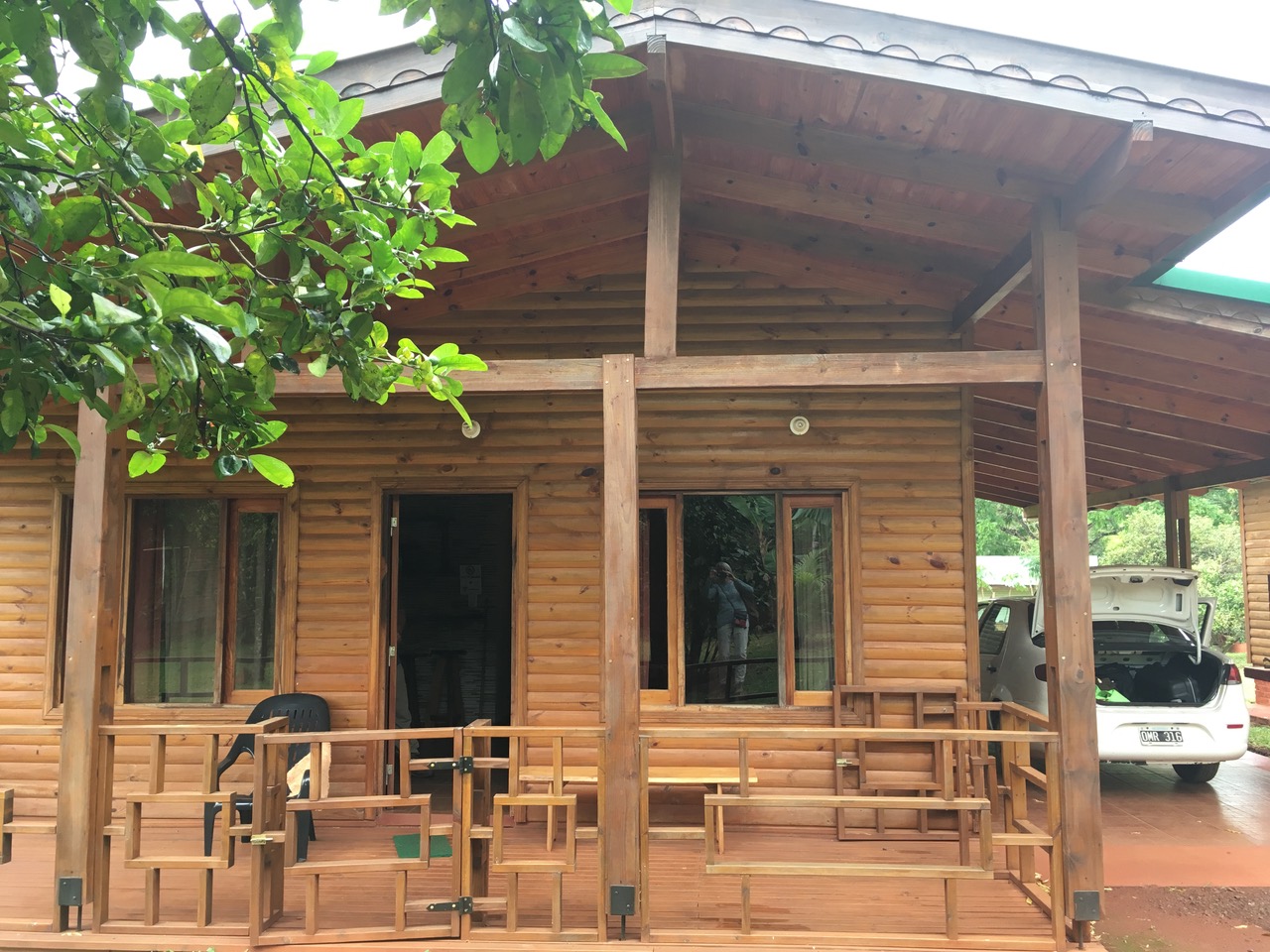
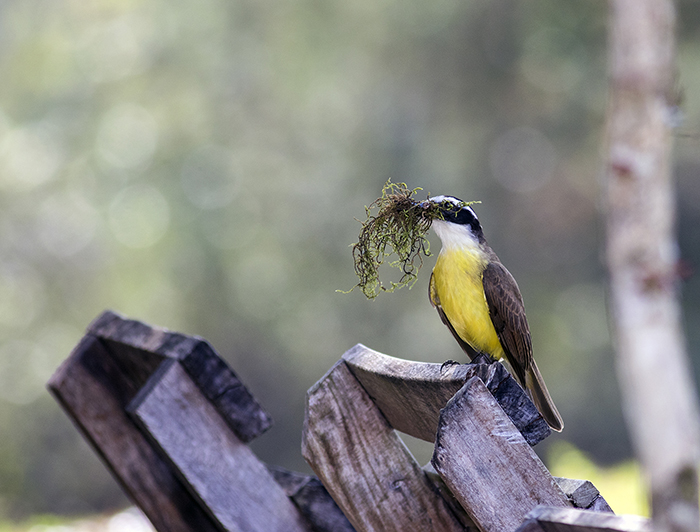
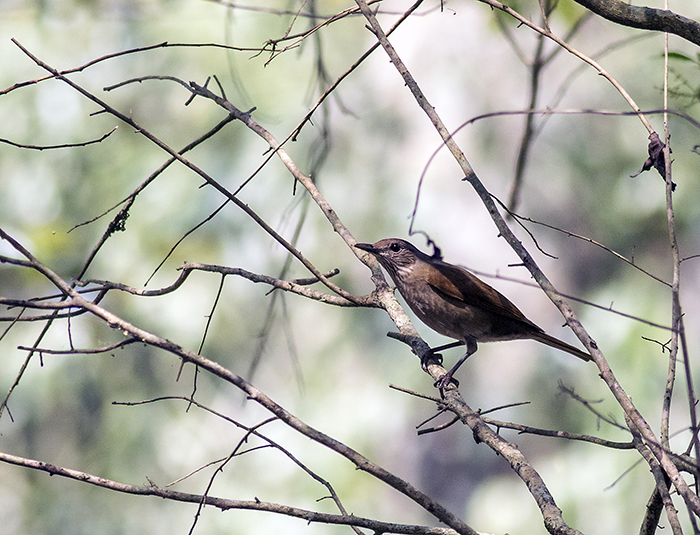
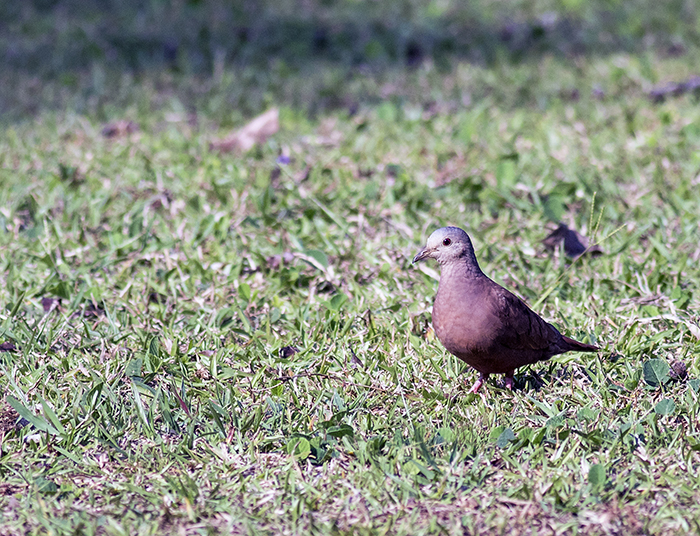
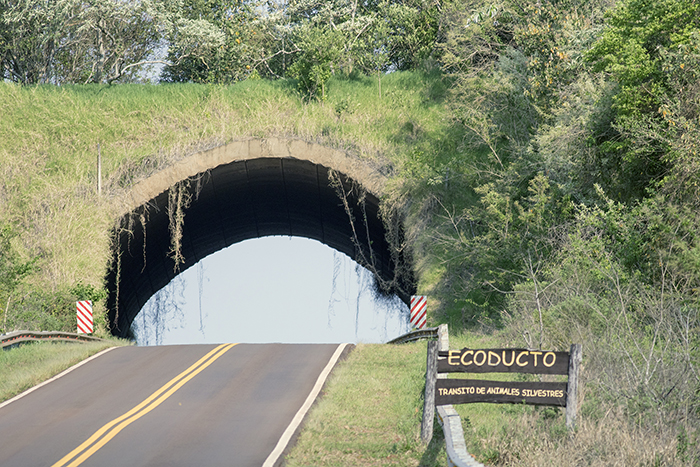
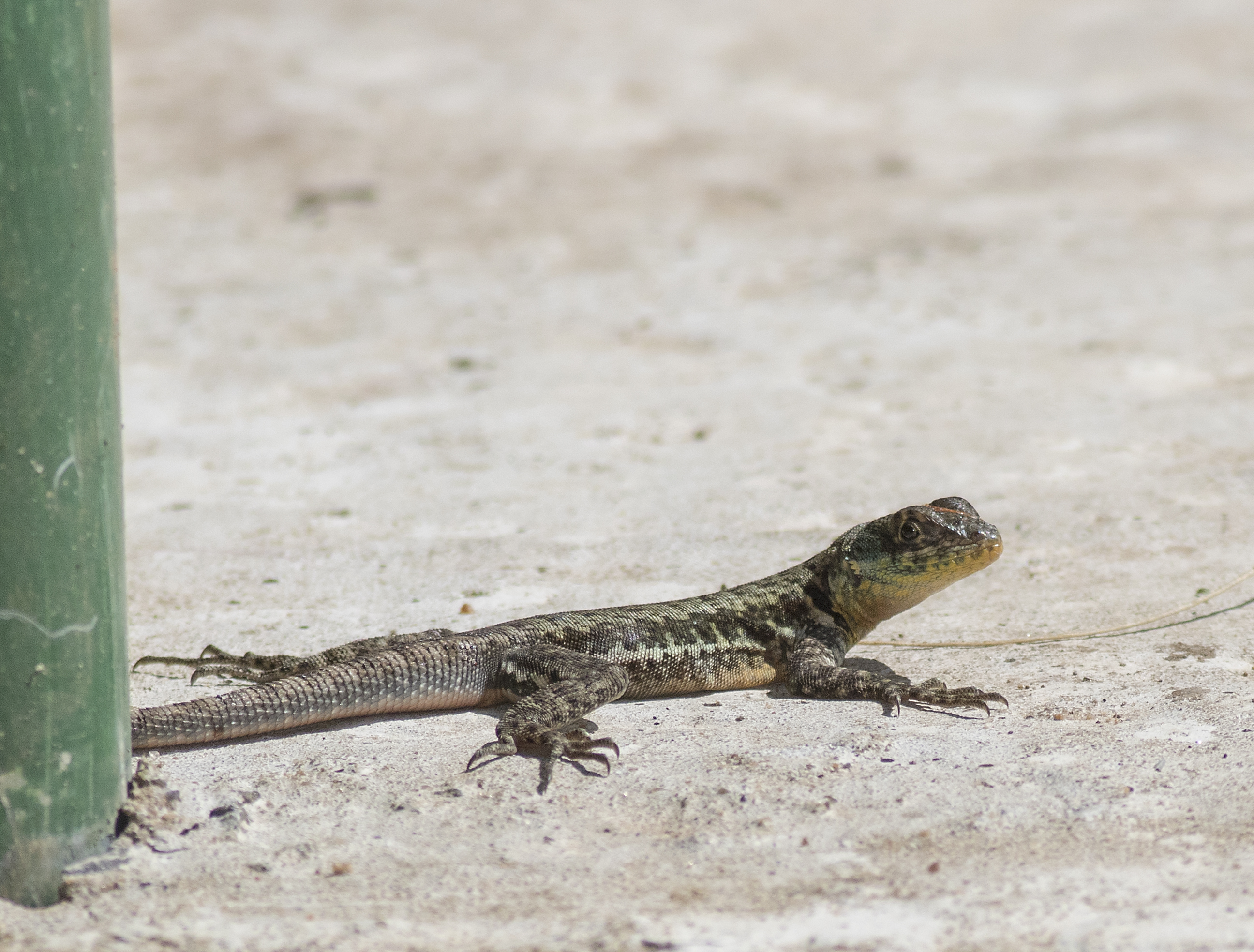
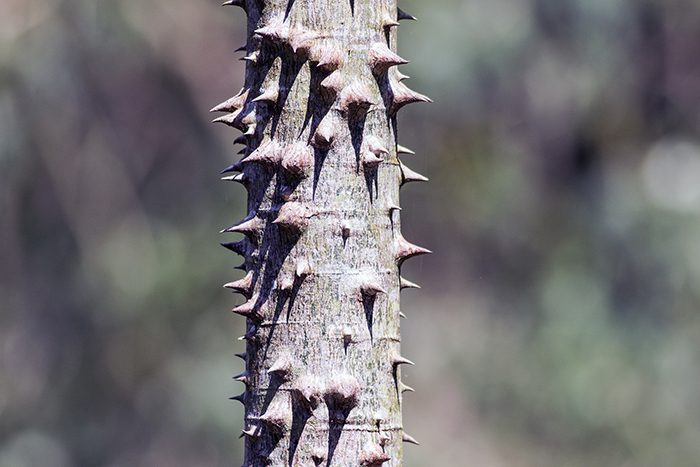
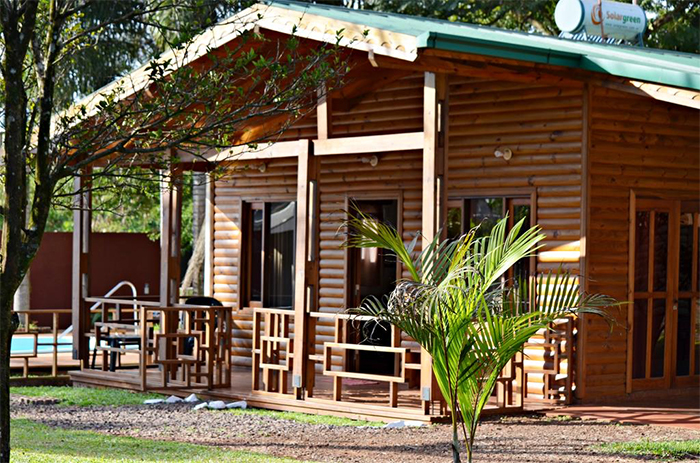

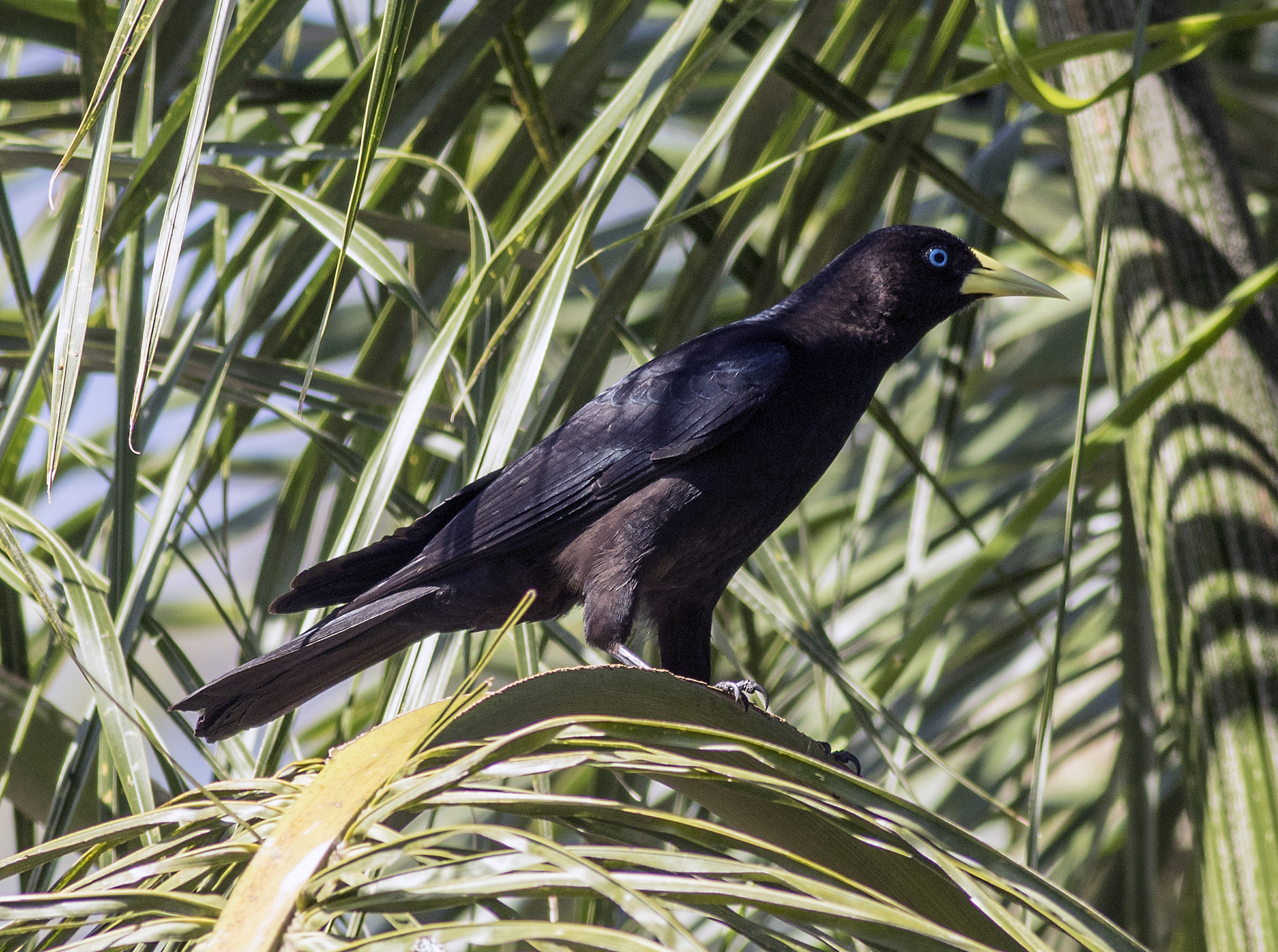
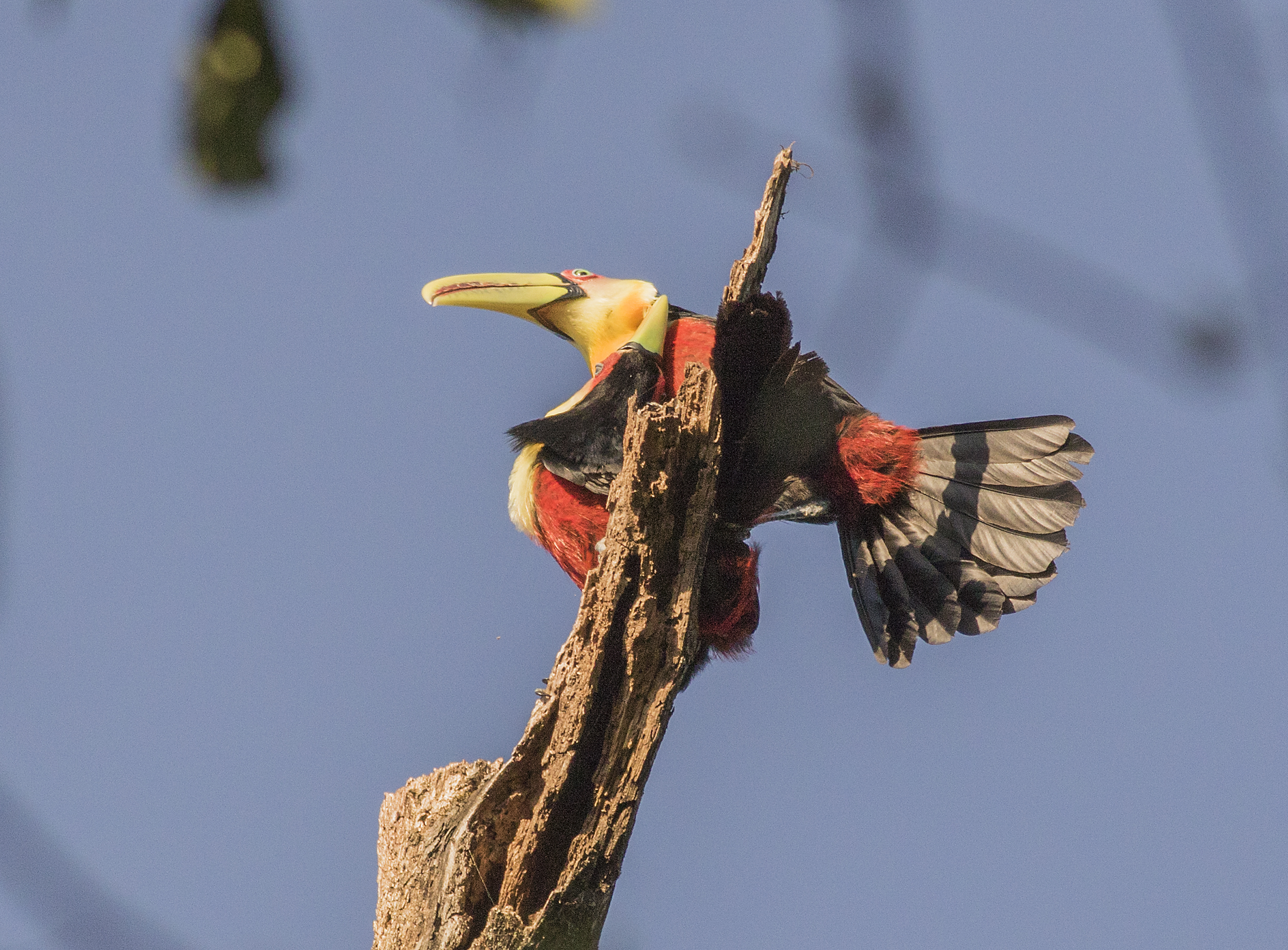
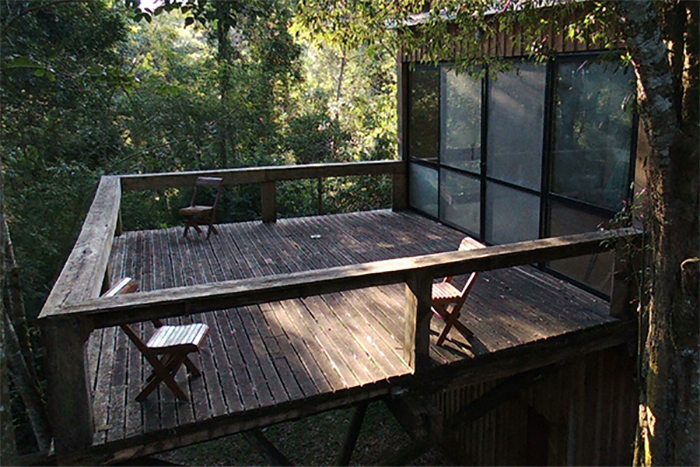
 I first heard this album in 1965, when I was just 17 and living on the beach in Málaga. It was an exciting time for me, a time of discovery; sex, drugs and … well not exactly rock and roll, not just yet, but certainly folk and blues. And a bit of flamenco. It was in every sense of the word a formative time for me.
I first heard this album in 1965, when I was just 17 and living on the beach in Málaga. It was an exciting time for me, a time of discovery; sex, drugs and … well not exactly rock and roll, not just yet, but certainly folk and blues. And a bit of flamenco. It was in every sense of the word a formative time for me.